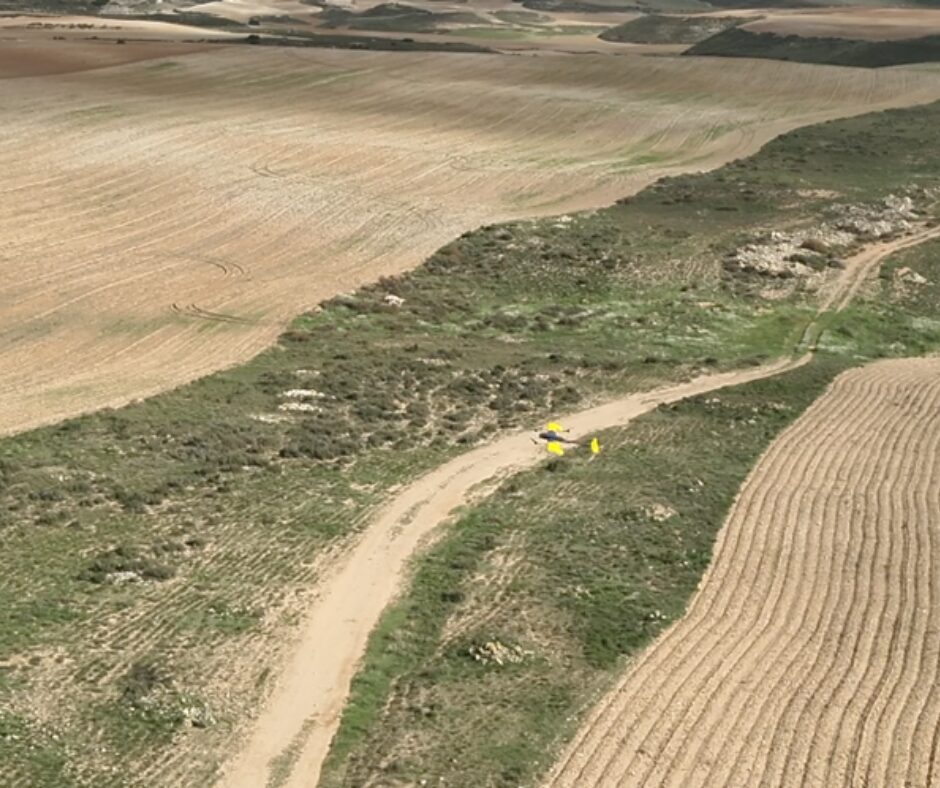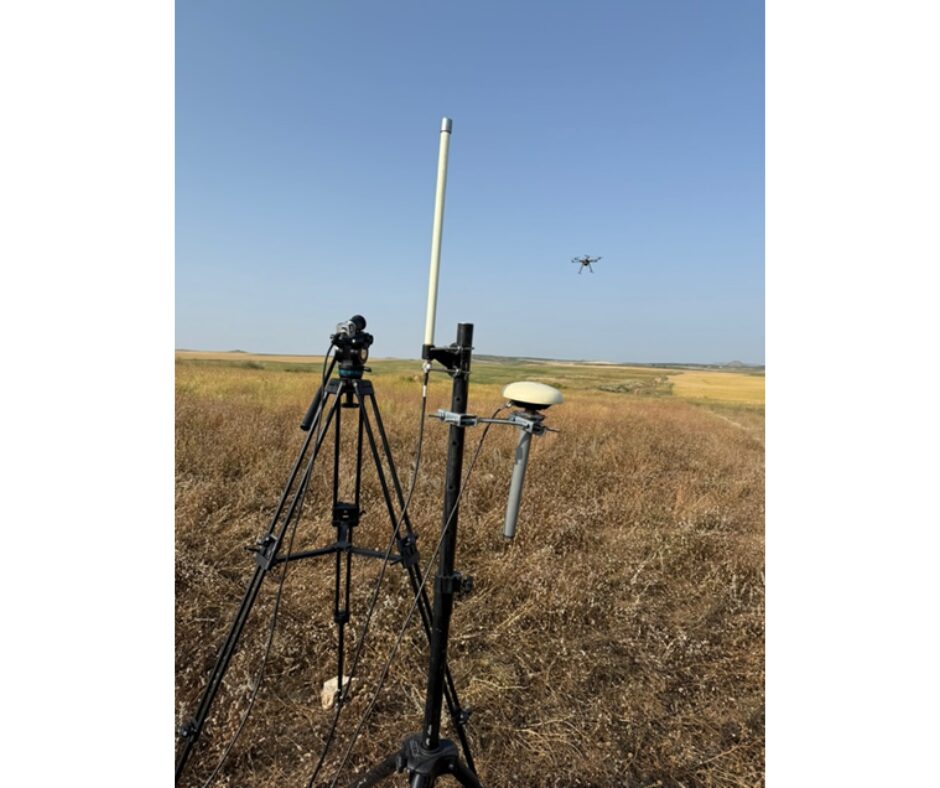VITAS Project Validates key technologies during 2025 flight
In the long term, the Innovative Air Mobility (IAM) sector is expected to contribute to the improvement of healthcare services in hard-to-reach and sparsely populated areas. This is particularly relevant in the case of the so-called “emptied Spain,” where the increasing average age of the population poses significant challenges that our society should address.
The VITAS Project (Sustainable Intelligent Aerial Transport Vehicle for Medical Supplies) is a project within the Innovative Air Mobility sector that seeks to address these challenges through research in innovative
technologies enabling future healthcare logistics solutions in the “emptied Spain” using UAS (Unmanned Aerial Systems) operated from automated vertiports and 5G IoT satellite communications.
The consortium of companies working on the project includes PILDOLABS, FUVEX, and SATELIOT, three leading SMEs in their respective fields, complemented by the collaboration of technological centers such as CATEC, TECNALIA, and the University of Navarra. Each partner contributes to one of the core technological challenges of the project:
- Vertiports (PILDOLABS, coordinator): Design and development of a vertiport management tool and related ground instrumentation for automated vertiport operations.
- Drones (FUVEX): Design and testing of a long-range, BVLOS-capable eVTOL UAS with wing-morphing technology optimized for healthcare logistics.
- Communications (SATELIOT): Deployment of 5G IoT satellite-based communication systems for autonomous drone operations.
Progress in 2025
The year 2025 has marked a significant milestone in the VITAS project, as the consortium successfully carried out a comprehensive flight campaign in June in Tudela. The main objective of this campaign was to validate the different technological developments achieved during the project.
- PILDOLABS successfully tested its vertiport management tool, designed to automate vertiport operations. This work was further strengthened by TECNALIA’s contributions to the development process. In addition, together with CATEC, PILDOLABS validated an air traffic detection system for non-cooperative aircraft, ensuring safe integration of drones in complex environments.
- FUVEX conducted flight tests with its newly developed UAS, capable of Beyond Visual Line of Sight (BVLOS) operations and featuring an innovative wing-morphing system optimized for the efficient transport of medical supplies. The University of Navarra actively supported these activities, contributing to validation and testing.
- SATELIOT demonstrated its satellite-based 5G IoT communication system, ensuring robust and continuous connectivity for drone operations in areas with limited terrestrial network coverage. These tests were carried out with validation support from CATEC
Conclusions
The Tudela campaign has proven that the developments achieved in the VITAS project are a clear example of enabling technologies for drone operations in sparsely populated regions such as the “emptied Spain.” These solutions highlight how automated vertiports, innovative drone designs, and satellite-based communications can together pave the way for safe, efficient, and sustainable healthcare logistics in regions with special operational needs.


